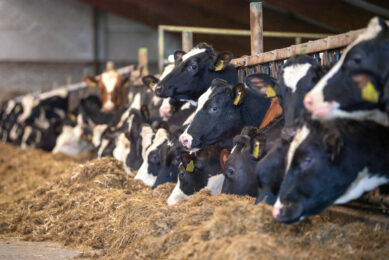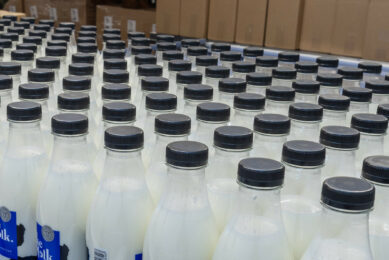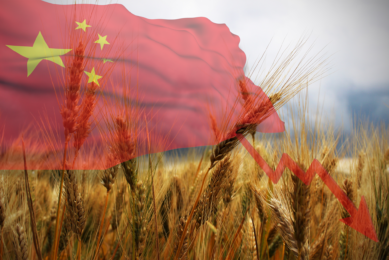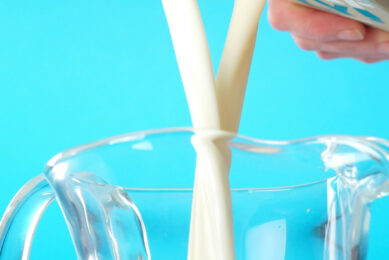Firm demand for dairy keeps prices strong
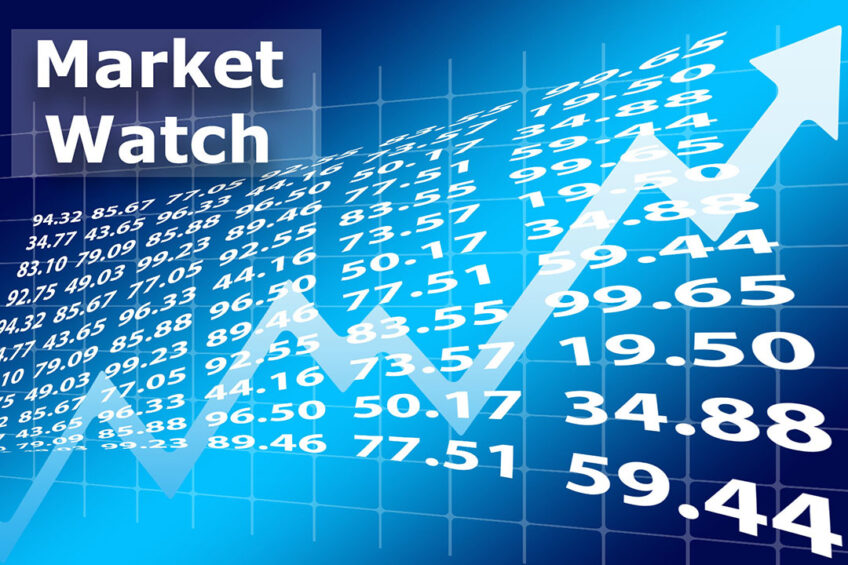
Dairy prices keep on rising and there continues to be firm global demand for dairy, particularly from China, says senior agri-economist Nathan Penny from Westpac New Zealand.
The Chinese economy is still recovering from Covid-19, he emphasises. Westpac has now lifted its milk price forecast with US$0.33 to US$4.67 per kg milk solids. The forecast puts Westpac in the high range of Fonterra’s forecast of last week, which ranges from US$4.20 to US$4.87.
The weaker Australian dollar and New Zealand dollar against the US dollar are delivering higher commodity prices in both markets. The prices at the Global Dairy Trade (GDT) auction on 20 October remained strong, with a 0.4% increase. This was the third rise of prices in a row in the GDT auction.
 Global dairy market
Global dairy market
Overview of prices for: raw milk, dry whey, skimmed milk powder, cheese and butter
Asia
In the longer term, however, there seems to be a shift in dairy opportunities in China and Southeast Asia, according to a new Rabobank report. Demand for dairy in Southeast Asia is set to surge over the coming decade, creating future opportunities for key dairy exporting regions, including Australia.
Rabobank says the combined dairy import deficit of Indonesia, Malaysia, the Philippines, Singapore, Thailand and Vietnam, also known as the ASEAN-6, is one of the largest in the world – and growing. It forecasts the combined annual milk deficit of these countries to reach almost 19 billion litres by 2030, up from an estimated 12.9 billion litres in 2020.
This would see growth in demand for dairy imports in this region eclipsing that of China – currently the world’s single largest dairy importer – where the annual milk deficit is forecast to reach 15 billion litres in 2030, from 10.2 billion in 2020. While there are challenges, Rabobank is very optimistic about future opportunities for dairy companies in these economies.
 Covid-19: Impact on the global dairy sector
Covid-19: Impact on the global dairy sector
The coronavirus has had a huge impact on daily life from the man on the street to businesses. And the dairy sector, even more essential than ever, has not gone unscathed. Keep up-to-date.
Rising trade tensions and slowing growth in dairy demand in China are seeing dairy exporters in Australia reassess their strategies, after prioritising that market over the past decade. “Many dairy companies now have a high degree of exposure to the Chinese market and are more sensitive to trade tensions,” says analyst Michael Harvey of Rabobank. “Trade tensions aside, China’s dairy demand is also expected to ease over the next decade as the rate of growth in per capita demand in that country slows.”
Australia’s dairy sector has a high level of exposure to China in terms of export revenue. And the market share of Australia in the ASEAN-6 dairy markets has fallen over the past decade. Milk production has dropped and other export markets, such as China, have been prioritised.
In 2019, approximately 35% of Australian dairy exports went to China, with 30% going to Southeast Asia. But this year milk production in Australia is growing again. A key goal outlined in the new Australian Dairy Plan is to grow production over the medium term to utilise in export markets. “The critical question is what markets should we invest in for the long term and how that then shapes the direction of the local supply chain,” analyst Harvey says.
 Global dairy market
Global dairy market
Overview of prices for: raw milk, dry whey, skimmed milk powder, cheese and butter
While the ASEAN-6 market offers good export growth and diversification opportunities for dairy exporters, the report warns it is a highly-competitive battleground. “Jostling for position in this market are a mix of strong local players with large and growing market shares, established global dairy companies, other international dairy players seeking to broaden their scope into the region and major Chinese dairy interests,” Harvey says. “Winning in these markets will require targeting the right investments and fine-tuning business models.”
Join 13,000+ subscribers
Subscribe to our newsletter to stay updated about all the need-to-know content in the dairy sector, two times a week.



